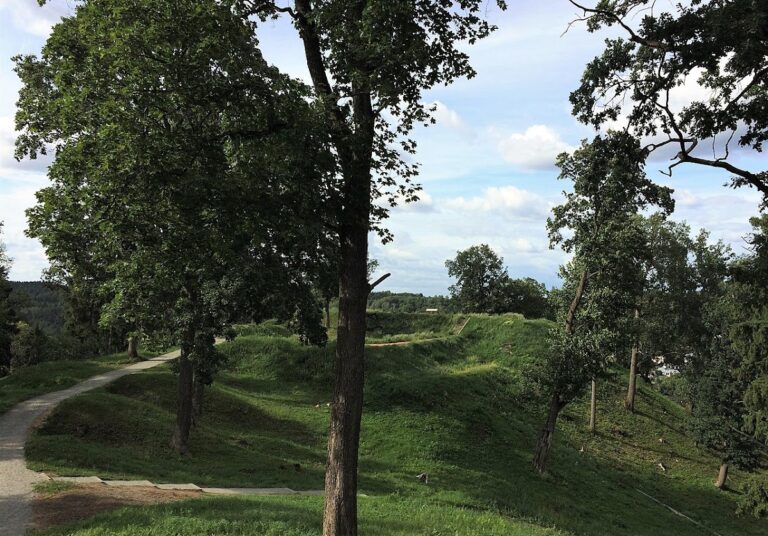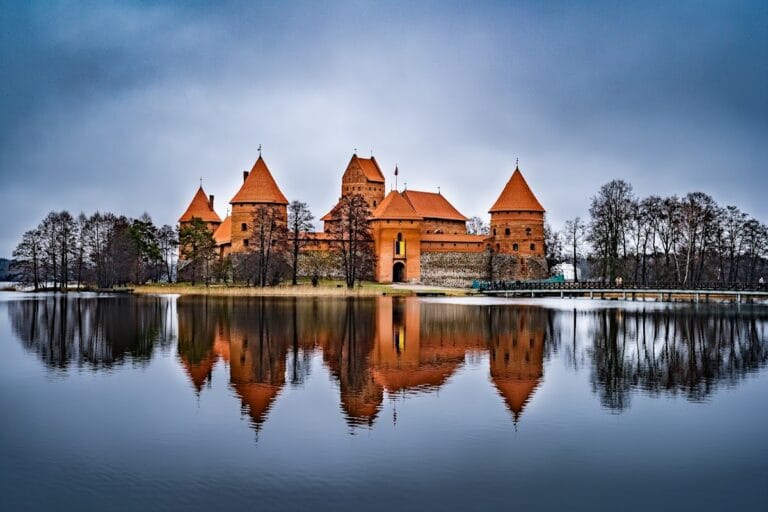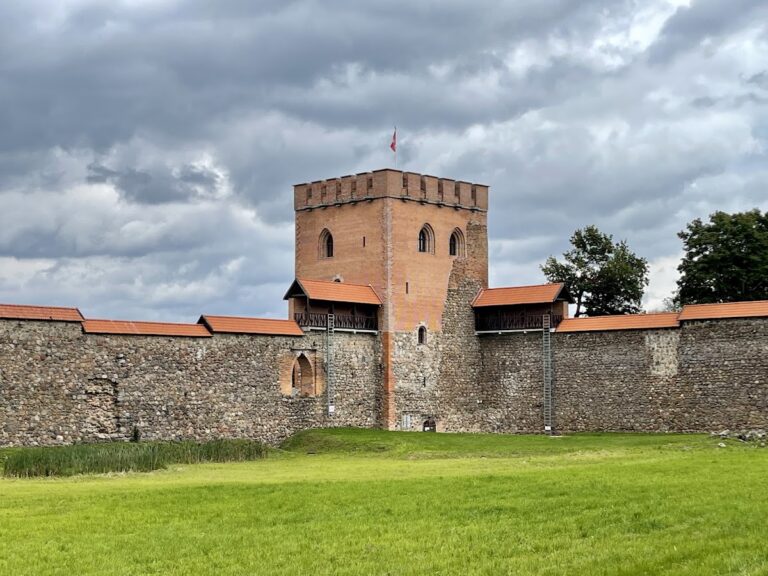Gediminas’ Tower: A Historic Fortress in Vilnius, Lithuania
Visitor Information
Google Rating: 4.7
Popularity: High
Google Maps: View on Google Maps
Official Website: lnm.lt
Country: Lithuania
Civilization: Medieval European
Remains: Military
History
Gediminas’ Tower is located in Vilnius, Lithuania, and was originally built by the Grand Duchy of Lithuania during the early 14th century. It was established under the direction of Grand Duke Gediminas, who selected Vilnius as the capital of his realm. The tower formed part of the Upper Castle, which was a significant medieval fortification complex.
The site where the tower stands shows evidence of human activity dating back to the first millennium BCE, with settlements continuing through the Iron Age. Before the stone tower was constructed, the hill was protected by wooden fortifications, emphasizing its long-standing defensive importance. During the early 15th century, under the rule of Vytautas the Great, the Upper Castle underwent significant expansion and was rebuilt using brick and stone. This upgrade followed damage sustained from crusader attacks and fires, highlighting the castle’s strategic military role.
Primarily functioning as a military arsenal and defensive position, the Upper Castle was distinct from the Lower Castle, which housed the rulers’ palaces and administrative buildings. Gediminas’ Tower and the surrounding fortress endured multiple sieges, including a notable military engagement in 1394 when crusaders attempted to breach the walls. Later, between 1660 and 1661, the castle withstood a protracted 16-month siege by Russian forces during the Russo-Polish War. Following this siege, the site was abandoned and gradually deteriorated into ruins.
In the 19th century, the Russian Empire took control of the area and made alterations to the remains of the castle for military purposes. This included partial demolition and the addition of a wooden superstructure designed to operate as an optical telegraph, an early form of visual communication. The tower was restored in the mid-20th century and officially converted into a museum in 1968, housing exhibits related to the castle’s history and archaeology.
Gediminas’ Tower holds a strong national significance for Lithuania. It is famously connected with the first known raising of the Lithuanian tricolor flag on January 1, 1919. This event is commemorated annually with flag-raising ceremonies, underscoring the tower’s symbolic importance in the country’s cultural heritage. In recent decades, the tower and Castle Hill have undergone conservation efforts to address erosion and stabilize the site, including the removal of trees that had contributed to landslides threatening the structure.
Remains
Gediminas’ Tower is an octagonal, three-story structure approximately 20 meters high, featuring a quadrangular base built from rough stone combined with red brick. It stands prominently on Castle Hill, also known as Gediminas Hill, which rises about 48 meters above the surrounding landscape and reaches an elevation of 142 to 143 meters above sea level. The tower’s uppermost level has been adapted as an observation deck, offering expansive views over Vilnius’ Old Town and the nearby meeting point of the Neris and Vilnia rivers. A flagpole atop the tower continuously flies the Lithuanian national flag, serving as a visible national emblem.
Near the tower, the remains of the Upper Castle’s defensive walls and the foundations of the southern tower survive in situ. These remnants include brickwork dating from the 15th century as well as fortification elements added during the 16th century, preserving a layered history of the castle’s military architecture. Below the hill, steep slopes with inclines reaching up to 60 degrees have historically been prone to landslides. To combat this, builders in the 16th century constructed retaining walls, including a small castle-like structure on the northern slope dated to around 1551, designed to support and stabilize the terrain.
In the 20th century, the hill was further modified with the excavation of extensive underground tunnels and chambers during World War II. These spaces were equipped as air-raid shelters featuring lighting, heating, and ventilation facilities. Soviet authorities later utilized these tunnels, but a fire in 1948 damaged the structures, and they were subsequently filled in. The tower itself was restored and reinforced in 1995, with additional stabilization works between 2010 and 2013 addressing erosion issues exacerbated by earlier tree removal efforts. These preservation initiatives helped secure the tower’s structural integrity.
Today, Gediminas’ Tower houses a branch of the Lithuanian National Museum, which has been located on the site since 1960. The museum displays a collection of archaeological discoveries from the castle and its surroundings, including medieval weapons and armor. Scale models of Lithuanian castles and historical materials related to Vilnius and the castle’s defense offer visitors a comprehensive understanding of the site’s historical role. The tower and its surviving fortifications balance restored sections and original remains, presenting a tangible link to Lithuania’s medieval past.










